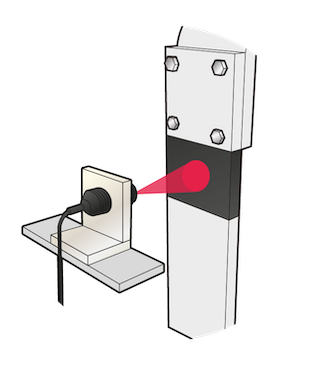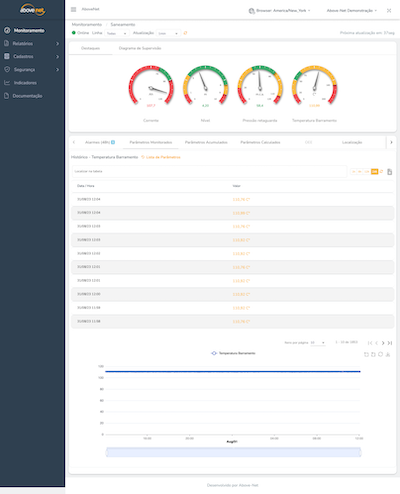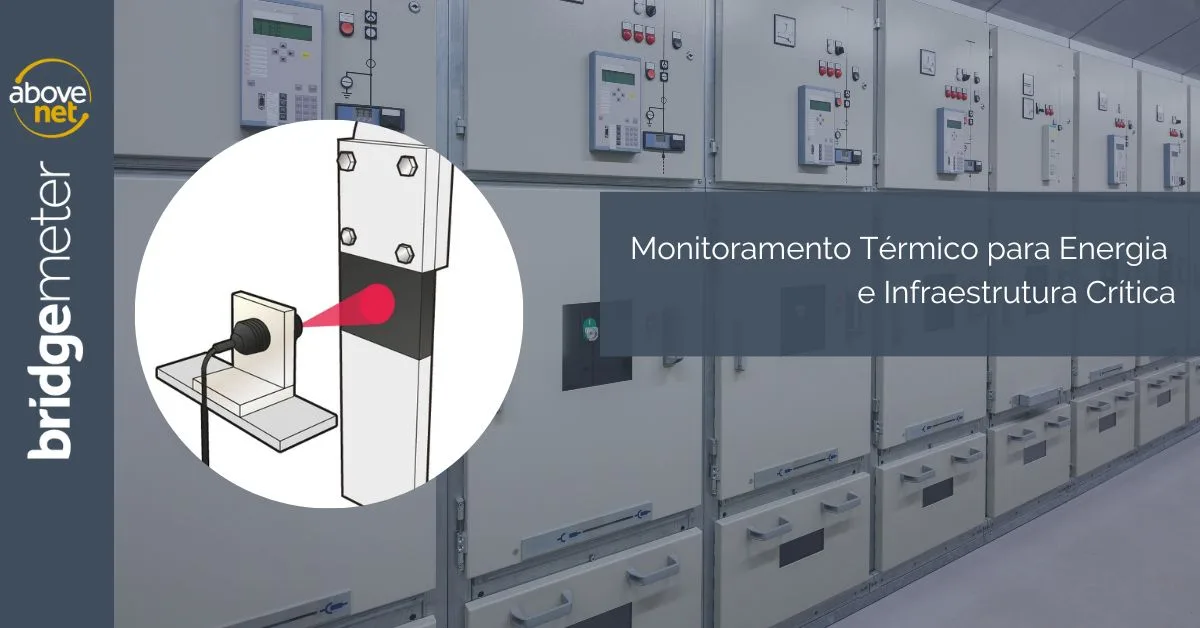What is thermal monitoring for?
The main causes of fire and reduced useful life in electrical equipment are poor contact or faulty connections, where increased temperature is the main symptom and an indicator that a possible problem is imminent. Thermal monitoring allows organizations to detect symptoms at these connections that, without intervention, could lead to electrical outages or, worse, a fire. Without early identification, the deterioration of a faulty electrical connection further increases thermal resistance and consequently generates a higher temperature, which ultimately results in thermal runaway and, ultimately, complete failure. The next step towards a meltdown is a phenomenon known as Arc Flash followed by a fire, or even an explosion. At this point, unexpected plant shutdown is inevitable, in addition to, of course, catastrophic consequences, such as the total destruction of equipment or even death or personal injury.
How to solve the problem?
Continuous thermal monitoring is the evolution of periodic infrared inspection.
Traditionally, maintenance teams carry out inspections with infrared reading equipment to detect specific heating events that could develop into situations like the one described above. However, this monitoring represents static information that does not indicate the trend or real situation of the infrastructure or equipment connection. The punctual reading can be taken at a certain period of the day when the load is lower or on a winter day when the external temperature does not influence the operation. To avoid this type of reading where the inspection result does not represent the entire system behavior, such as a peak situation and consequently a risk to the operation, we recommend continuous thermal monitoring.
Through sensors installed in electrical equipment, the continuous thermal monitoring solution offers 24/7 protection, with integrated temperature data and notifications to the maintenance team in real time for critical electrical assets.

This allows electrical maintenance teams to predict failures, protect electrical equipment and optimize performance by reducing maintenance costs. With power outages posing an increasingly critical threat to organizations, the need for innovative thermal monitoring solutions for industry maximizes uptime by predicting failures before they occur. Additional benefits offered by this technology include improved personnel safety and longer asset life.
Continuous thermal monitoring allows the electrical engineering team to:
- Predict electrical failures and optimize maintenance;
- Transmit real-time data in a structured way
- Proactively notify maintenance technicians of changing reading behavior
- Increase reliability and maximize uptime;
- Reduce OPEX cost and increase operational efficiency;
- Reduce risks and increase personnel and operational safety.
As we increase awareness of the benefits of thermal condition monitoring technology, it becomes easier to monitor mission-critical electrical infrastructure.
Thermal monitoring sensors can be installed in electrical assets, such as LV/MV regulators, Motor Control Centers (CCMs), Uninterruptible Power Supplies (UPS), power distribution boards and transformers.
- These essential electrical assets are used in a wide variety of industries, including:
- Oil and gas
- Mining
- Data centers
- Sanitation and wastewater
- Food and Beverage Industry
- Retail logistics
- Critical infrastructure
- Manufacturing
- Hospitals
Surprisingly, the use of an industrial IoT platform for high-quality continuous thermal monitoring represents savings and a very high ROI for operation as installation is usually neglected and unmonitored operation is always subject to unforeseen events.

Therefore, continuous thermal perception of key assets allows the prevention of potential threats such as unexpected shutdowns, costly repairs and replacements of electrical assets, and the risk of injury to people involved in the operation.
O assessment of the condition of electrical equipment:
Beyond these high-risk scenarios, energy is the most essential input for any organization.
A failure can result in loss of power to critical systems, which in turn, depending on the nature and/or severity of the failure, impacts downtime, lost productivity, repair or replacement costs. Electrical equipment is inherently dangerous; A heat failure can lead to serious injury, fire, infrastructure damage or even death. Above Above-Net partners with Exertherm and offers, together with Bridgemeter ®, continuous thermal energy monitoring for critical infrastructures.



